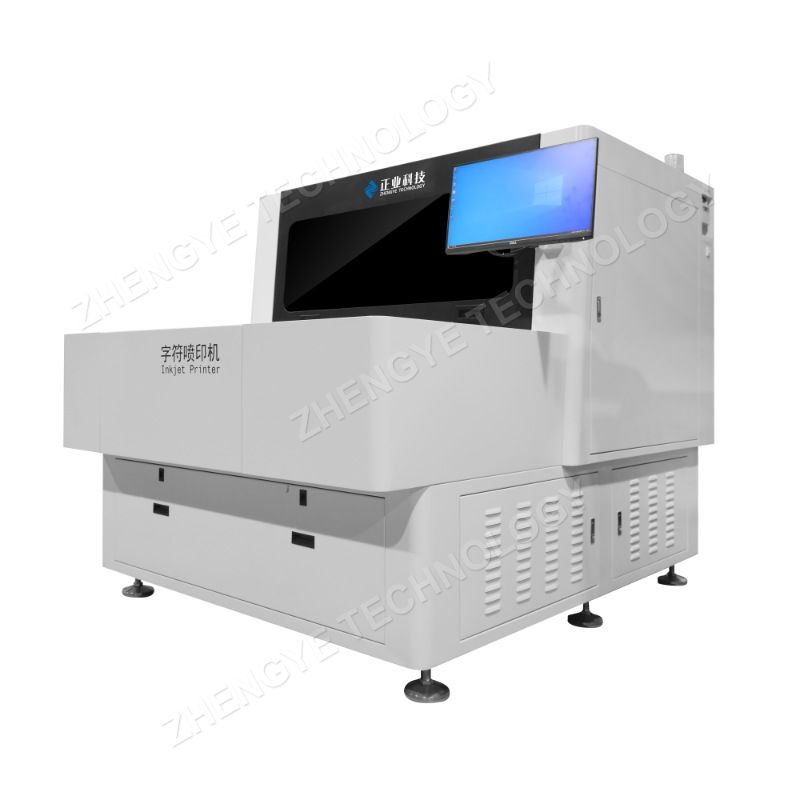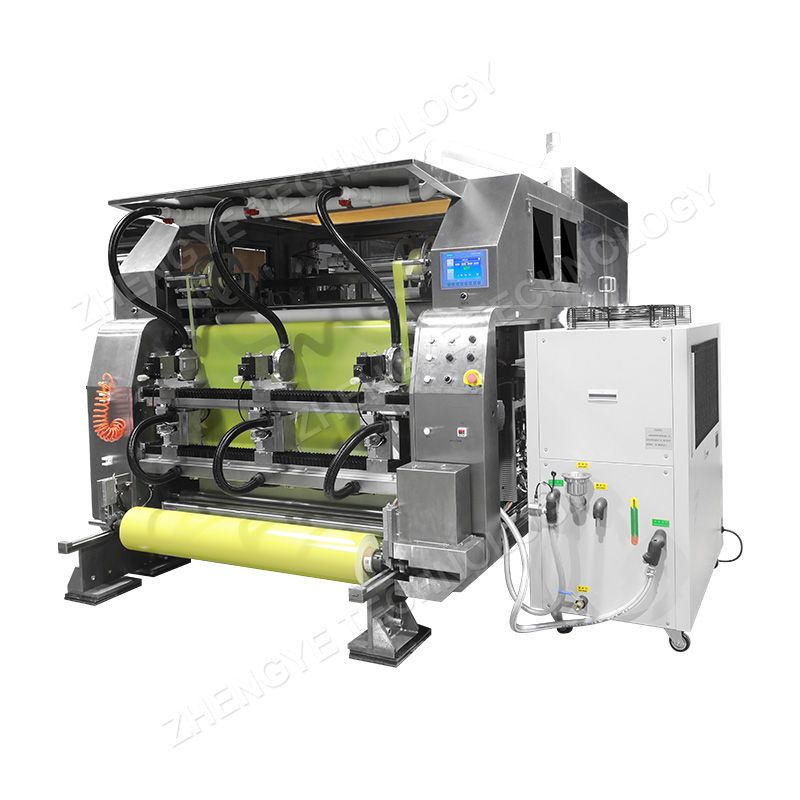An Ultimate Guide to the PCB Manufacturing Process
PCB (Printed Circuit Board) is an essential component in the manufacturing process of electronic devices. The PCB is responsible for connecting various electronic components, allowing for communication and functionality between different parts of a device. The PCB manufacturing process is critical, and it requires precision and accuracy to ensure that the final product is functional and reliable.
What is the PCB manufacturing process?
The printed circuit board (PCB) manufacturing process requires complex procedures to ensure the performance of the finished product. Although a circuit board can be single, double or multilayer, the manufacturing process used varies only after the first layer has been produced. Due to differences in PCB construction, some may require 20 or more steps in the manufacturing process.
The number of steps required to produce a printed circuit board is related to its complexity. Skipping any steps or reducing the procedure may have a negative impact on the performance of the board. However, upon successful completion, the PCB should perform its task correctly as a critical electronic component.
Here is an ultimate guide to the PCB manufacturing process:
Design and Schematic Creation:
The first step in PCB manufacturing is designing the PCB schematic. It involves creating a blueprint that outlines the various electronic components and how they will be connected. There are several software tools for creating schematics and design layout, such as Eagle, KiCAD, Altium, and Orcad.
PCB Prototyping:
Once the schematic is created, it's time to create a physical prototype of the PCB. This involves transferring the design to a copper board using a process called photoengraving. In photoengraving, a light-sensitive material is applied to the copper board, and the design is printed on it using UV light. The UV light hardens the material where the design is printed, allowing the rest of the material to be washed away.
Manufacturing the PCB:
After the prototype is created, it's time to manufacture the PCB. The manufacturing process involves several steps, including drilling, plating, and etching. The drilling process involves creating holes for the components, and the plating process adds a thin layer of metal to the holes. This layer helps to connect the components to the board.
Dust-free Prepreg Automatic Cutting Machine
Etching and Solder Masking:
The next step in the manufacturing process is etching, where a chemical solution is used to remove the excess copper from the board. The solder mask is then applied to the board, which helps to prevent accidental soldering and protects the board from the elements.
Component Placement:
The next step is to place the electronic components on the PCB. The components are attached to the board using a process called soldering. The soldering process involves applying heat to the metal components, causing the solder to melt and fuse the components to the board.
Quality Control:
After the components are attached to the board, the PCB is inspected to ensure that it's functional and meets the required specifications. This involves performing electrical tests to ensure that the board is working correctly.
Final Assembly:
The final step in the PCB manufacturing process is the assembly of the electronic device. This involves connecting the PCB to the other components, such as the battery, screen, and casing.
Conclusion:
The PCB manufacturing process is an essential step in the production of electronic devices. It requires precision and accuracy to ensure that the final product is functional and reliable. By following these steps, manufacturers can produce high-quality PCBs that meet the requirements of their clients.
Additionally, it's crucial to consider the factors that can affect the performance of the PCB. These factors include the size and thickness of the board, the type of material used, and the quality of the components. By paying attention to these factors, manufacturers can produce PCBs that meet the specific needs of their clients.
In summary, the PCB manufacturing process is a complex and delicate process that requires attention to detail and precision. By following the steps outlined in this guide, manufacturers can produce high-quality PCBs that meet the requirements of their clients.
Related:




评论
发表评论